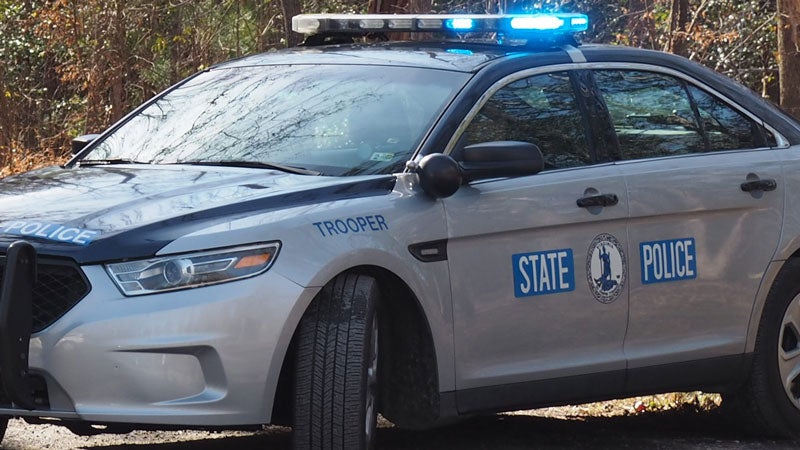Surry monument deadline Sept. 15
Published 5:13 pm Tuesday, September 1, 2020
Museums, historical societies and battlefields have until Sept. 15 to inquire about Surry County’s Confederate monument, which was formerly located in front of the county’s courthouse.
Following an Aug. 13 public hearing and vote by the Board of Supervisors, the monument was removed about two days later, County Administrator Melissa Rollins confirmed. It is being stored in the county at an undisclosed location. State law requires local governments wait 30 days to receive offers from interested parties to take the monuments.
Rollins said a crane company was hired to remove Surry’s monument. The $9,280 cost for a crane company to remove it “fell within the small purchase” limit, therefore “bids were not required but other quotes (were) received,” Rollins said in an email.
Surry’s monument depicts a Confederate soldier atop a stone base engraved with the Confederate battle flag and the inscription “Our heroes 1861-1865, to the Confederate soldiers of Surry County, that we through life may not forget to love the thin gray line, erected by the Confederate Memorial Association of Surry County A.D. 1909.” Stacks of Civil War-era cannonballs, placed on three sides of the monument, were also removed and stored.
Ongoing controversy and protests have been ongoing this spring and summer after the Memorial Day death of Minneapolis, Minn. resident George Floyd in police custody. Some protests have targeted monuments, and in some instances violence, injuries and lawsuits have resulted.
A change in state law became effective July 1 that allowed local governments to remove Confederate monuments. In 2019, there were 110 such monuments in Virginia, second only to Georgia with 114, according to the Southern Poverty Law Center. Surry so far has been spared from any civil unrest, injuries or court challenges related to the removal of its monument.
Asked to offer context or suggestions on how local governments can handle the removal of Confederate monuments from places of public honor and prominence, Jim Grossman, executive director of the American Historical Association in Washington, D.C., pointed to a statement the organization released in the wake of the deadly 2017 Unite the Right rally in Charlottesville. The event was organized partly in opposition to the city’s plan to remove a statue of Confederate Gen. Robert E. Lee from a city park.
Memorials and monuments are “artifacts of their time and place,” the statement says. “They should be preserved, just like any other historical document, whether in a museum or some other appropriate venue. Prior to removal, they should be photographed and measured in their original contexts. These documents should accompany the memorials as part of the historical record.”




